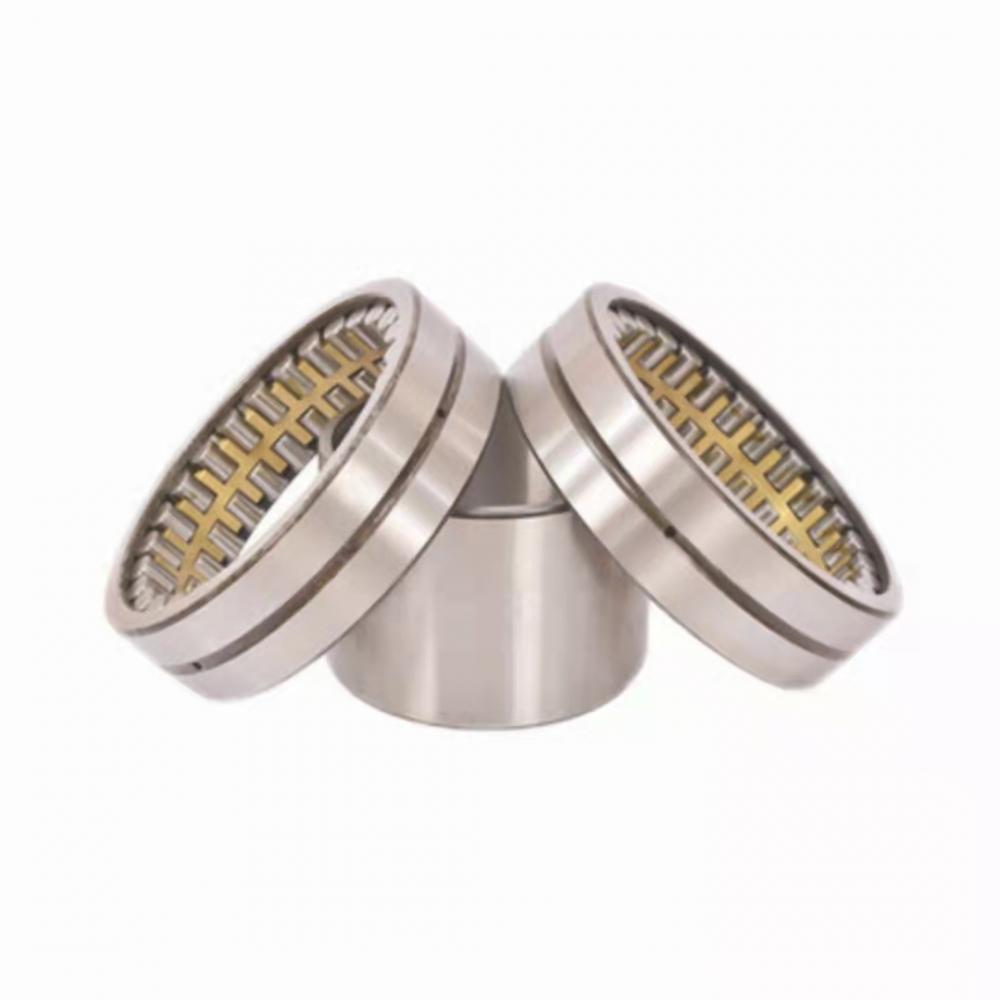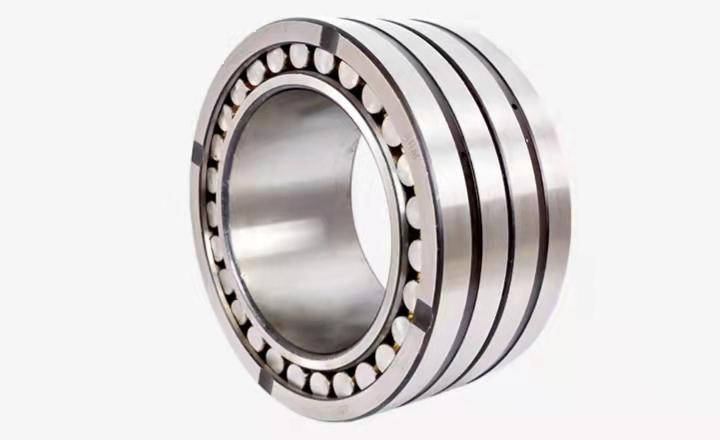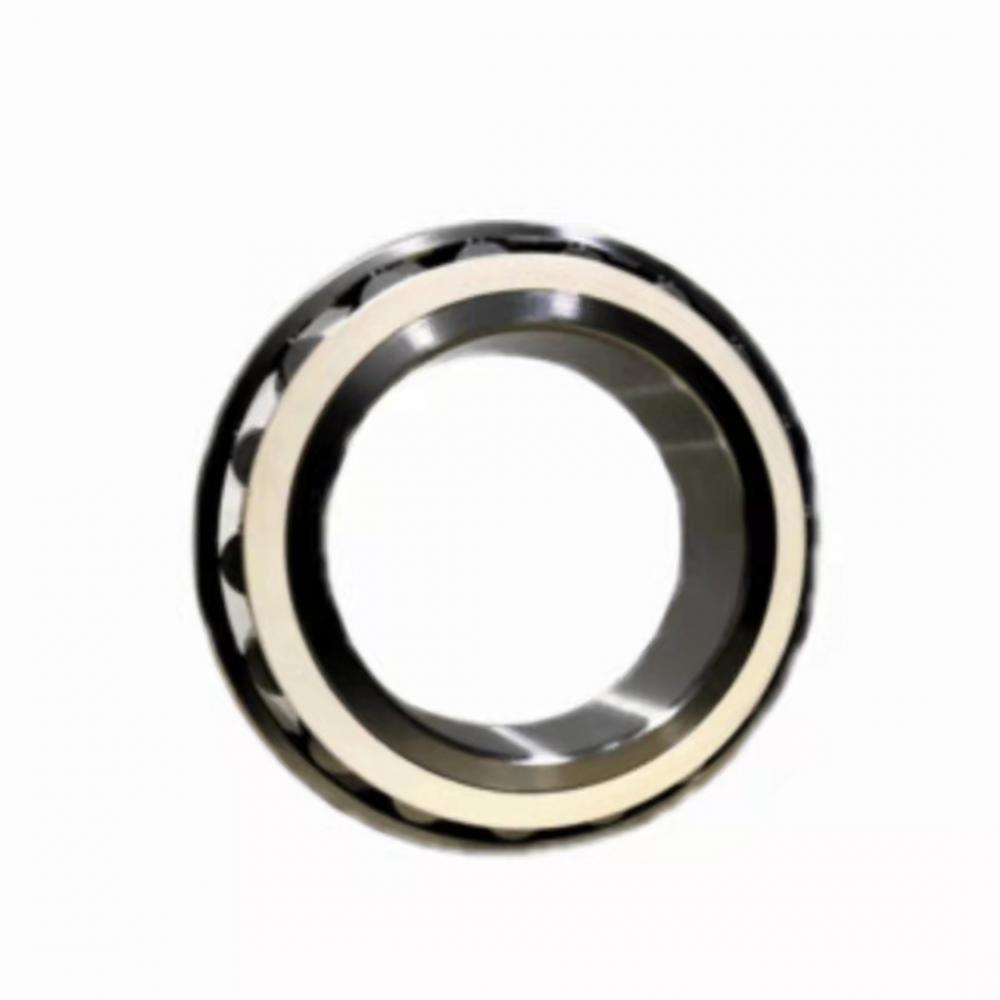How many questions and answers about the color standard of a good LCD monitor?
Rolling Mill Bearing for blanking machine .
Roll neck and drum for metallurgy, mining and other rolling mill stands
Fcd Rolling Mill Bearing,Fcd Rolling Bearing,Bearing For Steel,Bearing For Steel Mill Shijiazhuang Longshu Mechanical & Electrical Equipment Trading Co., Ltd. , https://www.longsbearings.com
A: The effect of the LCD monitor is determined by various aspects such as the panel and the control circuit. Different liquid crystals use different components and technologies, and the display effect will definitely be different. In fact, this difference exists in CRT, such as TCL and Changhong, but due to its own characteristics, the difference in this aspect is larger than that of CRT. This has also become the most effective way to judge the pros and cons of LCDs - showing the same picture, contrasting effects, and the feeling of the eyes is the most convincing standard.
Q: How many colors can the LCD display? How much worse than CRT?
A: Now the strong LCD on the market can directly display about 167,000 colors (note that not every one can display so much), and the CRT can display an unlimited number of colors. This is a congenital deficiency of LCD, but the two principles are different. The CRT displays a certain color by several adjacent color points. The color points are only red, green, and blue. When mixed, it gives you an "illusion". The liquid crystal can display 167,000 colors for each color point, giving you direct color. . So we can say that in this respect, the LCD is strong, and the CRT has only three colors. Q: Can I display colors beyond this range for a liquid crystal labeled with 167,000 colors?
A: For colors that cannot be displayed directly, the LCD also has a processing method, such as alternately displaying the "illusion" of two colors to create a new color. In this respect, the technology of each manufacturer is not the same, and there is no treatment, so there will be differences in color and richness.
Q: How big is the difference between 16-bit color, 24-bit color, and 32-bit color?
A: In terms of the number of colors, of course, it is obvious that it is the difference between the 16th power of 24, the power of 24 and the power of 32. From the perspective of the human eye, the 16-bit color can basically meet the display needs, and the rough looks like the 24-bit color and the 32-bit color. If you study it carefully, you will find that the 16-bit color display will appear in the large-scale gradient color. Vague separation line. In practical applications, the most commonly used is 24-bit color, such as "#80FF2E" in web pages and other places, and you can see that most images have a color depth of 24 bits. As for the 32-bit color, it is added on the basis of 24 bits. It is said that 8 transparent colors are added, and the actual color is not much different from the 24-bit color. At least our eyes cannot be distinguished.
Q: I am using LCD. Is it enough to set 16-bit color in Windows?
A: Of course not! Still have to be set to 32-bit color! According to the above, the liquid crystal directly displays the number of colors between 16 and 24 bits, and there are special techniques to enrich the color. Therefore, setting the liquid crystal display to 16-bit color is actually overkill, especially for those excellent liquid crystals, it is really a waste of the efforts of the manufacturers.
Q: The higher the brightness and contrast parameters, the better?
A: The answer is no. The brightness and contrast parameters represent a very extreme case and are of little value for everyday applications. The values ​​of 400 and 500 are too abstract. We should still take the feeling of the eyes as the standard, that is, "bright without glare, clear and not vain."
Q: Why do LCDs look different from different angles?
A: The liquid crystal is displayed by refraction, so it is impossible to avoid the problem of viewing angle. The color will also change when the line of sight is deflected. There are a variety of techniques to increase the viewing angle of the liquid crystal. Generally, the horizontal viewing angle is made larger because the eye is generally on the horizontal line with the display screen. So the liquid crystal we see now is basically like this: the color is the best when it is right, it turns gray from the left and right sides, it turns white from the top, and it turns black and thick from the bottom.
Q: It is said that LCD is not suitable for drawing, because the number of colors that can be displayed is small, right?
A: It used to be like this. Now it is actually a misunderstanding. The 167,000 color number of the liquid crystal display is enough for the human eye, not to mention the fact that the image is processed by the software and does not need to be discriminated by the human eye. Looking at it from another angle, even if the two CRTs show the same color, there are subtle differences. LCD is not suitable for cooperation, the key reason is the angle of view! For graphic workers, looking at one color on the left and changing to another on the right, this is the most terrible.
Q: The two models of the LCD are using the same panel. Is the display the same?
A: Not the same, there will be even obvious differences. Although the panel is the main one, the quality of the control circuit and the optimization technology also directly affects the display quality, thus representing the difference in color. However, the display effect shows a difference, which is obviously lighter and a bit more transparent.
Q: How is the color temperature of the LCD set?
A: Due to different principles, LCD and CRT exhibit different colors at the same color temperature. For most Orientals, it is more comfortable to set the CRT to 9300K, while the LCD is more comfortable with 6500K. Of course, it varies from person to person. It is best to adjust RGB independently. Anyway, you can look comfortable.
Rolling mill bearings are the bearings used on the roll necks and rollers of metallurgical, mining and other rolling mill stands. Cylindrical roller bearings are often used to withstand radial loads, deep groove ball bearings or angular contact ball bearings, or radial design or thrust design Tapered Roller Bearings to withstand axial loads. Most of them are lubricated and cooled by means of oil-air lubrication or oil mist lubrication.
Rolling Mill Main Application:
Cold rolling mill, Hot rolling mill, Blanking machine


